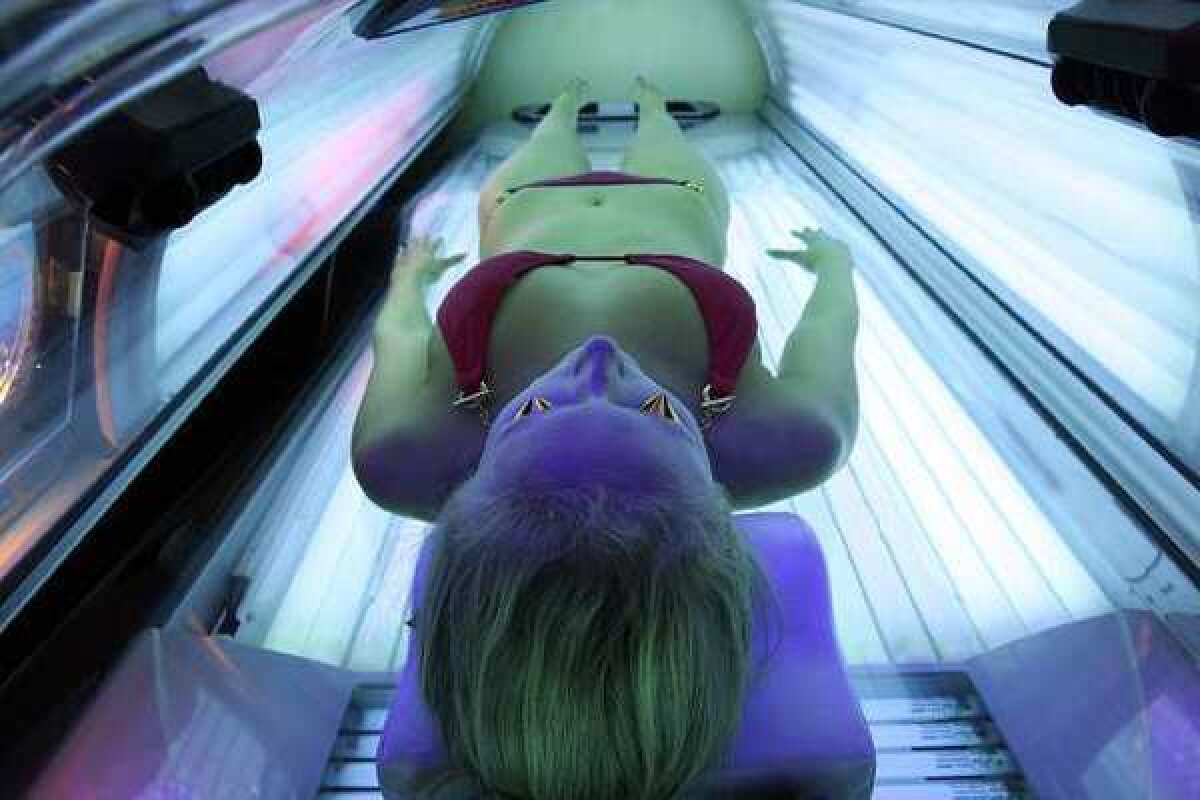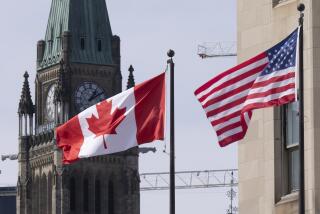Laws to restrict indoor tanning are spreading

Indoor tanning raises the risk of skin cancer. Governments are acting, with restrictions on use of the facilities spreading across the U.S. and countries around the world.
That’s the finding of a report just published online in the Archives of Dermatology after its Colorado authors conducted an exhaustive search on the Web for all tanning-related legislation worldwide.
Few countries go as far as Brazil, where indoor tanning has been banned for everyone since 2011. (The ban is for cosmetic purposes, not therapeutic ones such as psoriasis treatment, for which UV exposure can be helpful because it tamps down the immune system.)
But since 2003, when the last comprehensive survey was done, the number of countries (and Canada provinces and U.S. states) with restrictions of some stripe for minors has climbed, Dr. Mary Pawlak and coauthors found.
In 2003, just two countries had tanning-bed restrictions for those 18 or younger: France and Brazil. Canada’s province of New Brunswick had them too. Only three states in the U.S. had age prohibitions: Texas (no tanning for kids 13 or younger), Wisconsin (16 or younger) and Illinois (14 or younger).
A few things happened in the interim years, not least a 2009 decision by the World Health Organization to designate sunlamps, tanning beds and UV light as class 1 carcinogens. These are agents known to cause cancer in people.
By 2011, legislation had marched along. Brazil had enacted its total ban. Eleven countries, including Brazil, had banned tanning beds for the 18-and-under set. (The countries are France, Spain, Portugal, Germany, Austria, Belgium, England, Wales, Northern Ireland, Scotland and Brazil.)
Eleven states in the U.S. had tanning-bed bans for minors and 21 required parents to either provide consent or go with their kid to the tanning salon. The U.S. also now has a 10% tanning bed tax, implemented in 2010 as part of health reform.
Parts of Australia have restrictions too, and while New Brunswick had abandoned its effort, Nova Scotia and the Capital Regional District of British Columbia have implemented bans for youth.
What’s wrong with a little old tan? 20% of people in the U.S. will get some kind of skin cancer in their lifetime. Studies of various stripes have linked the UV exposure to three types of skin cancer: basal cell carcinoma, squamous cell carcinoma and, most dangerous, a near-doubling in risk for melanoma.
If you’re interested to know where your state stands on the matter, you can find that out at this web page of the National Conference of State Legislatures.
Here’s what the Indoor Tanning Assn., a trade group, thinks of these various developments (which is to say, not much).
For more on skin cancer and tanning beds, here are links to pages from the Skin Cancer Foundation and a WebMD article about the World Health Organization’s 2009 declaration.
And here’s a Los Angeles Times article that discusses various sunless-tanning options if you must, must have that bronzed-skin look.
More to Read
Sign up for Essential California
The most important California stories and recommendations in your inbox every morning.
You may occasionally receive promotional content from the Los Angeles Times.









